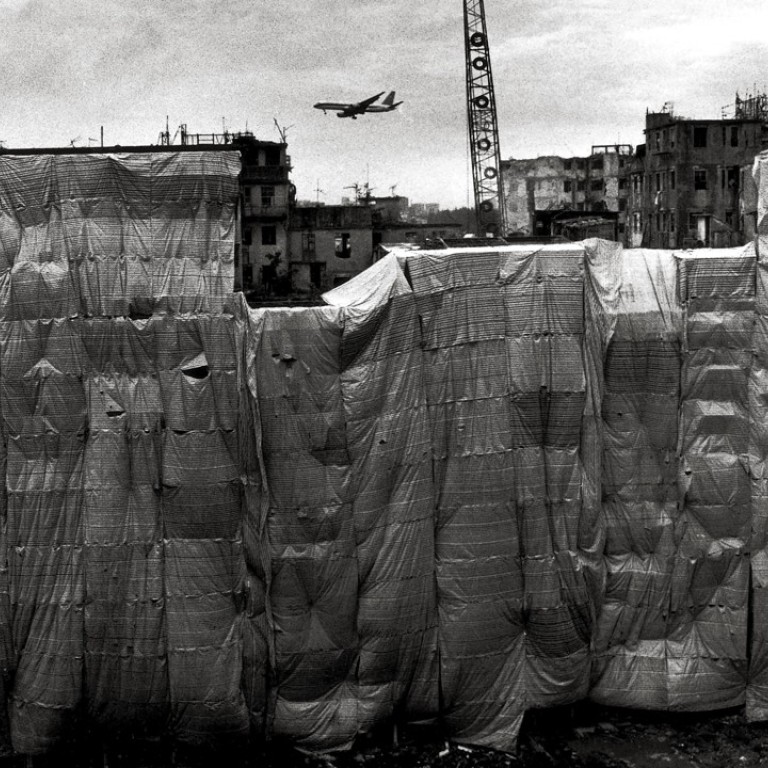
New photo book captures colonial Hong Kong and old Macau, from the historic to the everyday
Photojournalist Wong Kan-tai’s book depicts pre-handover life in black and white: Queen Elizabeth’s visits to Hong Kong, the infamous Kowloon Walled City, eating dim sum at a tea shop and more
Wong Kan-tai’s new photo book of black-and-white images taken in old Hong Kong and Macau has no page numbers or captions, nor is it in chronological order. Flipping the pages is a wondrous journey into the past, through a curated collection of memorable events and everyday slices of life in the two former colonies.
The book offers plenty of nostalgic moments for anyone who spent any time during the past several decades in the cities.
The photojournalist took the Hong Kong photos during British colonial times, between 1977 and the handover in 1997, hence the book’s title, The Queen’s.
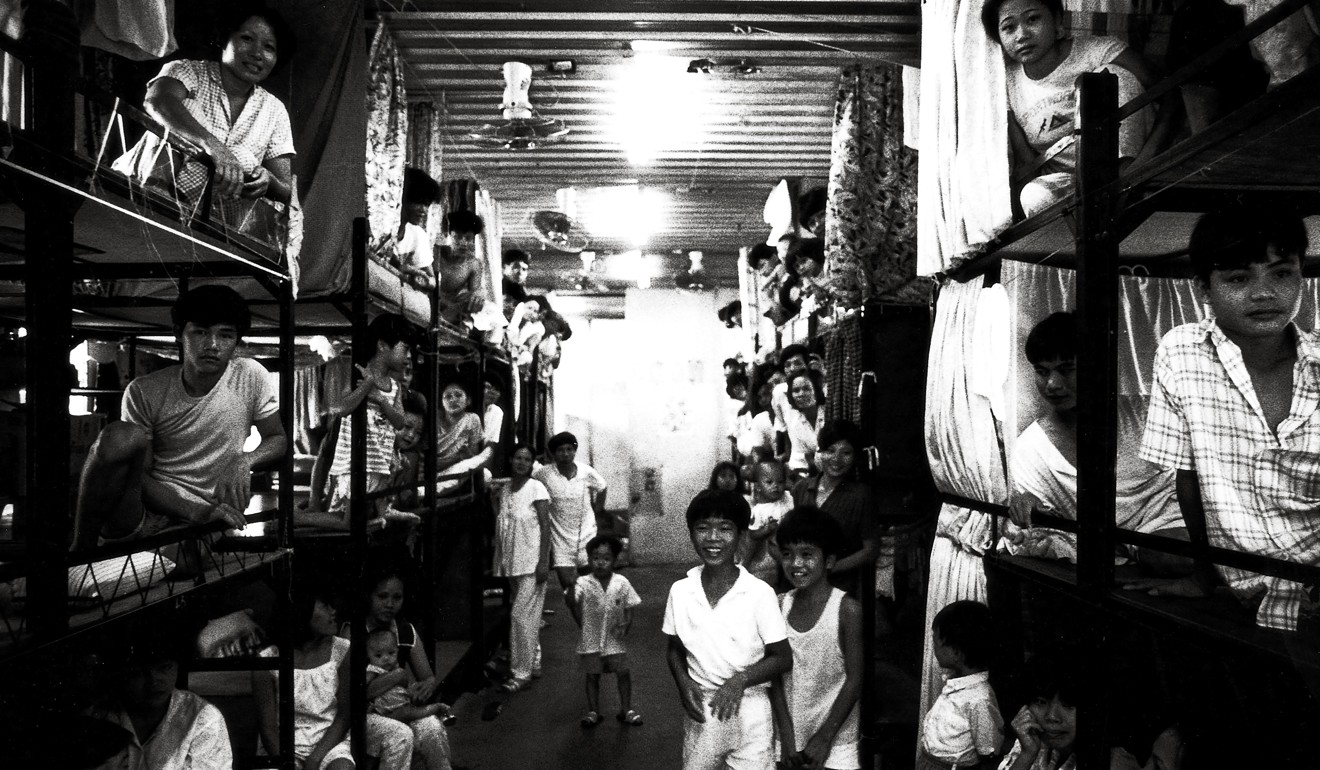
“There is an undertone of ‘borrowed place, borrowed time’, no matter rich or poor, refugees from China or Vietnam, permanently settled or who sought shelter. For the older generation, many saw Hong Kong as a transient place. Sooner or later, they thought, they might move on.”
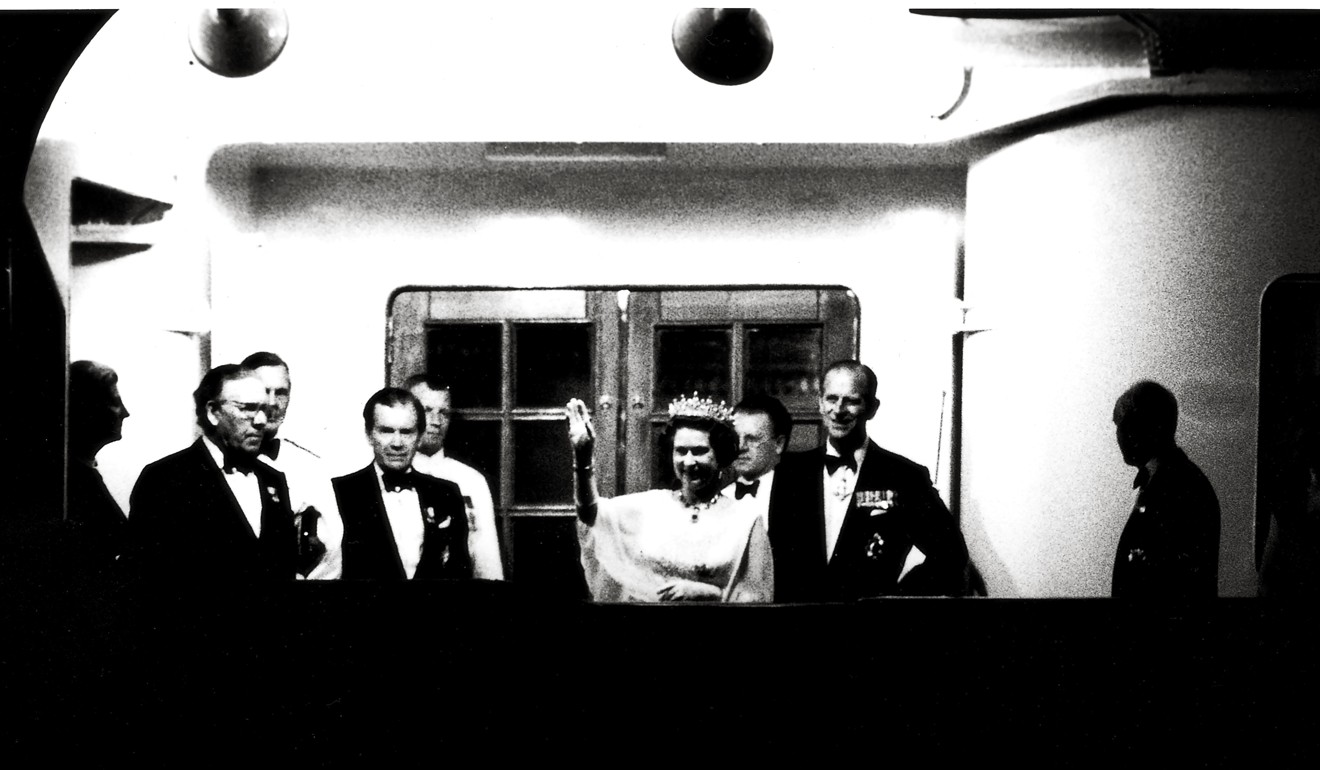
There are historic events such as Queen Elizabeth’s first visit to the city in 1975 and her other visit in 1986; the funeral of former Hong Kong governor Edward Youde in 1986; and the arrival and detention of Vietnamese boatpeople in the 1970s.
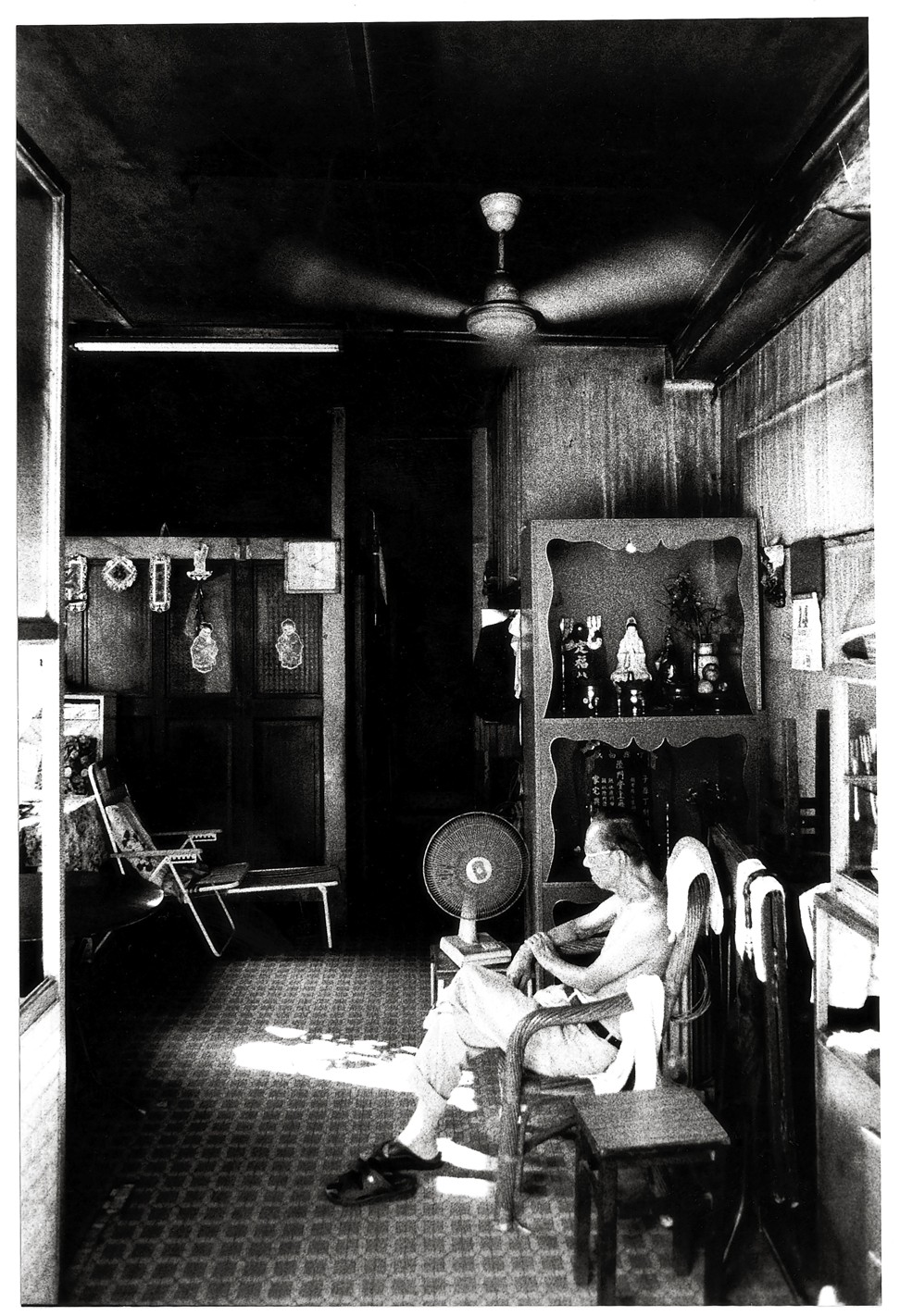
At a time when Hong Kong news reporters were often expected to take their own photographs, Wong covered the refugee crisis for Wen Wei Po. A picture he took of boatloads of Vietnamese arriving on the colony’s shores in sailing junks earned him a Hong Kong Newspaper Society award. After that, he decided to become a professional photographer and went to Japan to study.
From Sars to Snowden: Hong Kong has seen dramatic events since the 1997 handover to China
The contrasts in the book as the pages turn, jumping between big news events and seemingly irrelevant, random moments, bring old Hong Kong back to life.

One dramatic double-page spread pictures the anarchic Kowloon Walled City before its demolition in 1993, the tightly crammed high-rise blocks covered in tarpaulin, as though gift-wrapped. A plane is coming in to land at the now defunct Kai Tak airport.
A few pages on is a nighttime scene of Statue Square in Hong Kong’s Central district, trees sparkling with fairy lights and the ground strewn with litter. Despite there being no caption, and no people in the shot, it was undoubtedly taken on a Sunday night after domestic workers, picnicking on their day off, had returned to their employers’ homes.
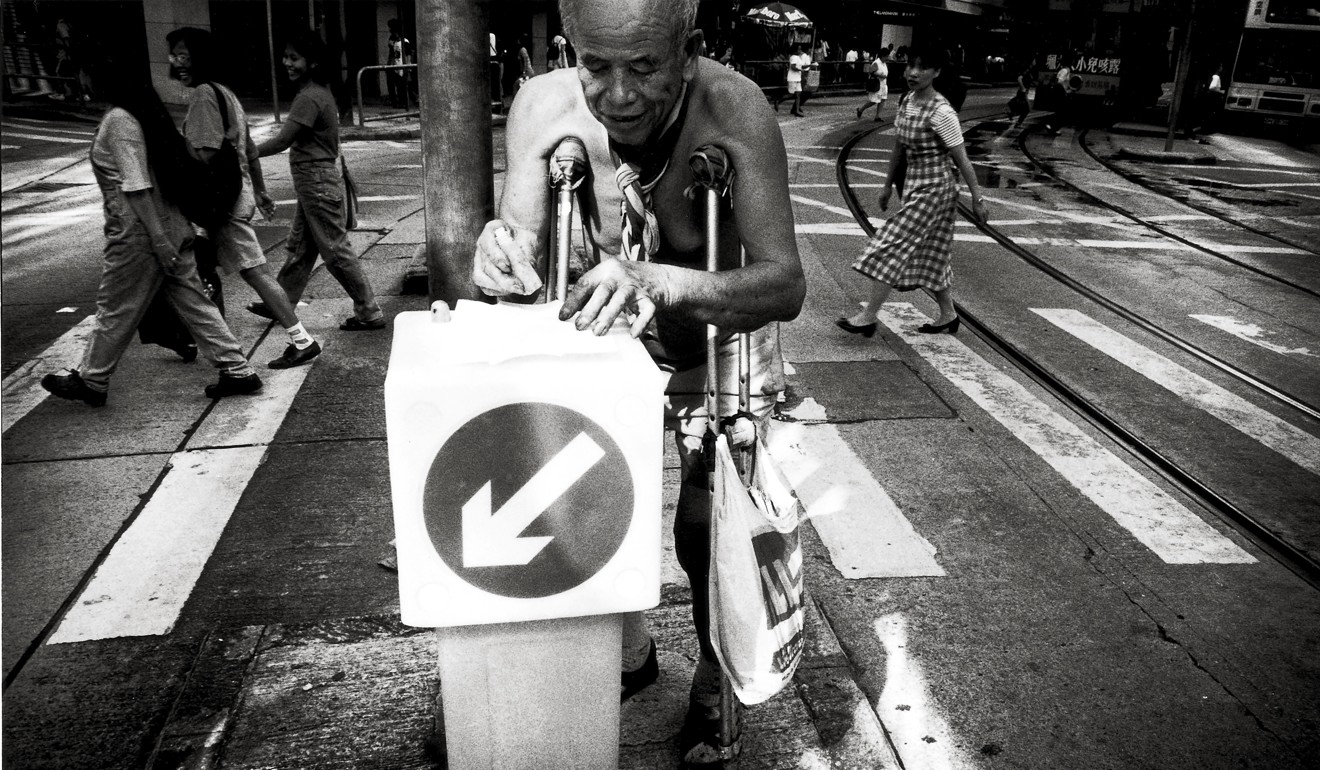
Other everyday images capture a rainy street scene, an elderly man on a deserted MTR carriage with a bamboo birdcage on his lap, another old man in his cage home, and “King of Kowloon” Tsang Tsou-choi daubing his trademark graffiti.
How Kowloon Walled City survived attempts to knock it down for almost a century
All of the images were captured on black-and-white film and developed by Wong the traditional way in a darkroom.
“The reason there is no index, nor dates or locations in the book is because the aim is to stir the imagination. In news it’s about precise dates – but the book is not about decisive moments. It’s more about how you think about the colonial era,” he says.
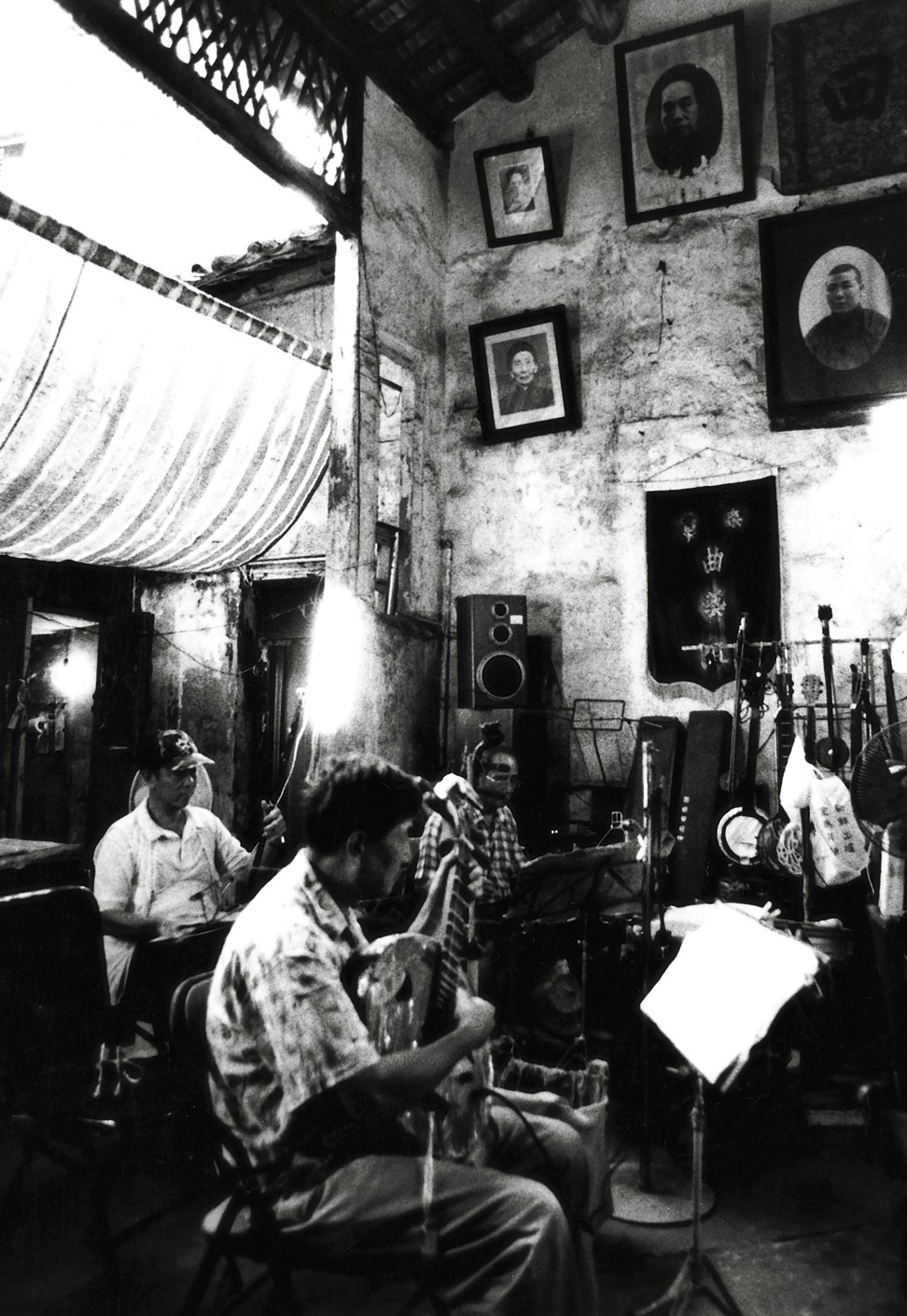
Wong’s Macau pictures were taken after the city’s 1999 handover, when he temporarily lived in the former Portuguese enclave from 2005. It was a year after US company Sands opened the first foreign-owned casino there after local businessman Stanley Ho Hung-sun’s long-term monopoly was dismantled.
Macau’s handover site evolves into cultural and entertainment centre
Macau had caught Wong’s imagination when he was growing up in the small fishing village of Tai O on Lantau Island, and would see the distant glow from nighttime fireworks displays.
Wong recorded the monolithic American pleasure palaces under construction and the city’s transformation from a sleepy backwater to the “Vegas of the East”. However, it’s his grainy images capturing Macau’s laid-back pace that evoke the sense of a place almost lost in time. He says he discovered a 1960s sensibility in Macau that Hong Kong lost as it raced rapidly towards modernisation.
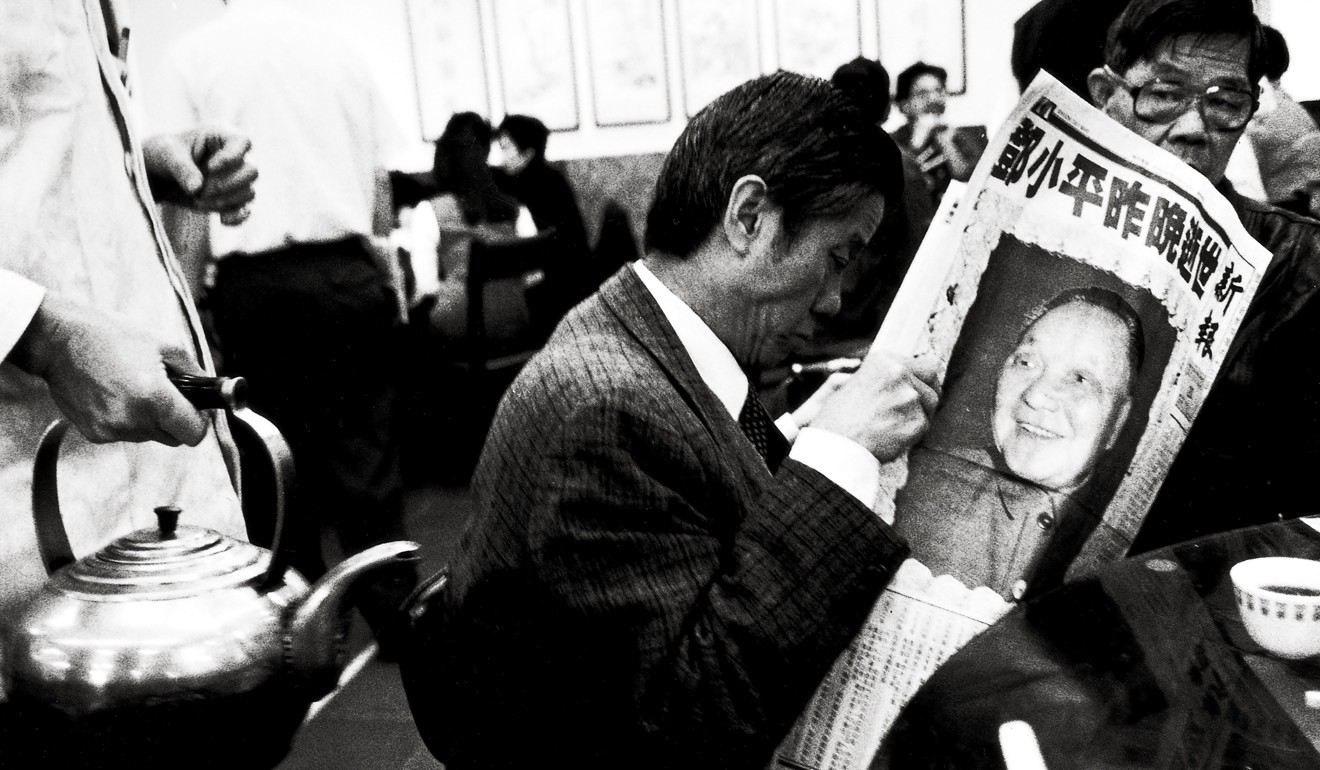
Wong takes us down crumbling backstreets, into tea houses, barber’s salons, gold shops and homes where folk rehearse with traditional Chinese musical instruments.
“The Macau photos were taken for myself, not on an assignment. So I had more freedom,” he says.
“Some pictures are not perfect, but it is more about the atmosphere. Whether or not they were nice pictures wasn’t a concern. Neither was there a theme or flow or documentary. The book is not like that. It’s not a portfolio of someone looking for a job.”
Today’s turbulent Hong Kong, through the eyes of Deng Xiaoping
Images from the book will be on display from June 16 to August 16 in an exhibition called “8x10”, featuring works from The Queen’s and other books by Wong – Vajrayana and ’89 Tiananmen. The exhibition is being held at ATUM Space, shop 5, G/F Poga Building, 6-20 Po Tuck Street, Sai Wan.

